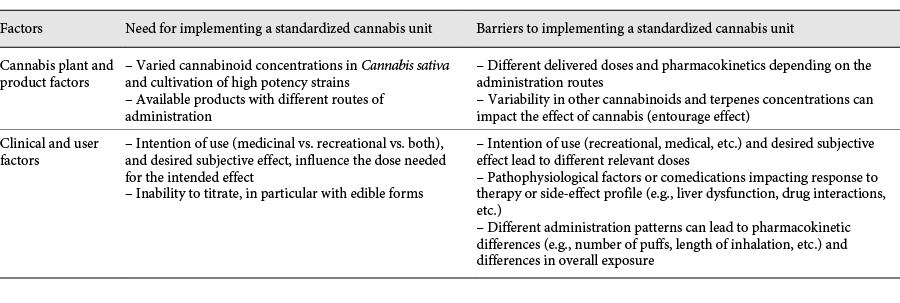What about a Standardized Cannabis Unit?
One of the largest challenges for cannabis research is the standardization of cannabis dose. In this article of Evidence in Context: Much Ado about Dosing, the Consortium assesses the needs and challenges of defining a standardized cannabis unit.

A recent review of medical cannabis clinical research in the USA showed significant variability in the dose, route of administration, and THC/CBD content of cannabis products studied. Such variability limits the ability to compare and summarize study findings as well as the ability to formulate recommendations for use in clinical practice.
Researchers have proposed a “Standard THC Unit” of 5 mg based on the premise that THC is the principal constituent responsible for the psychoactive effects of cannabis
There are some strengths and limitations to the implementation of the “Standard THC Unit”, including:
Strengths
1. Guide clinicians and patients in initiating, maintaining, and adjusting cannabis therapy
2. Potentially improve identification and management of problematic cannabis use
3. Improve patient education and clarifying informational materials
Limitations
1. Complex clinical and pharmacological nature of cannabis (CBD vs. THC)
2. Multiple varieties of cannabis plant and the routes of administration
3. User factors (i.e., medical use vs. non-medical use, drug-drug interactions, etc.)
While there is a consensus on the importance of a standardized cannabis unit, it is unlikely that a “one size fit all” definition will capture all the needs of cannabis use.
As more standardized cannabis units are proposed, the focus should include considerations for the increasing use of medical cannabis and cannabinoids, the role of CBD, and the administration routes.
Read the full commentary in Medical Cannabis and Cannabinoids.
This article is part of a commentary series called Evidence in Context. Read about the Evidence in Context series.
